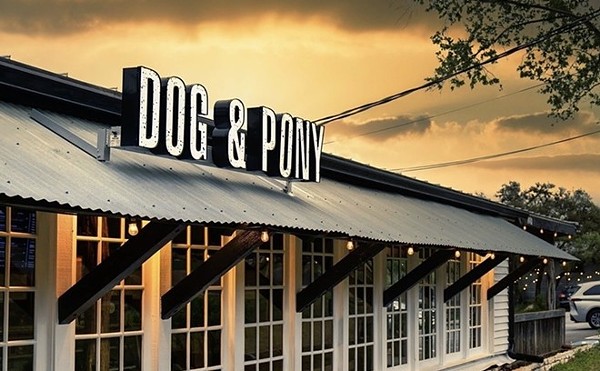First, a warning: Beware the ides of…November. No, not March. In the Roman calendar, the ides marked the approximate middle of any month, and as we’re referring here to the release of Beaujolais nouveau on the third Thursday of November (theoretically, it could happen on the 14 or 15—just not this year), it’s an occasion more infamous than the slaying of Caesar. And it’s recurring.
Second, a lament: BN gets all the press, while Beaujolais’ worthier iterations (Beaujolais, Beaujolais Village and, the pinnacle, the 10 Cru Beaujolais) get almost none. This region, located just south of highly touted Burgundy, deserves much more ink due to the quality and value of its gamay-based wines. In good years (Beaujolais, unlike California, does tend to be sensitive to vintage variations) the basic Beaujolais appellation can be a terrific value, but we’re going straight to the top with wines that themselves rarely top $30.
There’s no room to discuss here all the villages that lend their names to the crus, but it should be mentioned that each has its own characteristics, ranging from the delicate Fleurie and Chiroubles to the more powerful Moulin-á-Vent and Morgon. Here’s what I tasted: Domaine de Roche-Guillon Fleurie, 2012 ($14.95, Central Market): Pretty light, ruby in color, with raspberry/strawberry on the nose to which tart cherry is added on the palate. The wine is probably nearing its peak now (whereas some crus can age, Fleurie is usually not among them), expressing beautiful balance and an alluring elegance. It’s a wine (I actually believe this) that only the French could make, and accordingly should pair with hard French cheeses, delicate sausages and, forgive me, rabbit—with perhaps just a touch of Dijon mustard. Even more so than most crus, chill it.
The wine from Côte de Brouilly, grown on volcanic slopes, is known as the “elegant wine on the hill,” but elegance was not yet present in the bottle I tasted, the 2013 Côte de Brouilly Domaine du Pavillon de Chavannes ($25.99, Saglimbeni Fine Wines). This is a well-regarded property, but this bottle, though it showed lively signs of tart cherry and cranberry, was like a disjointed adolescent—pretty but pouty. Give it time and perhaps its rebellious acid will diminish and the vaunted sophistication will emerge. It worked with Gigi.
Moulin-à-Vent is often called “the King of Beaujolais” for its relatively full-bodied and somewhat more tannic structure. But when young, this monarch can play more like one of those “trouser” roles favored by grand opera—a woman masquerading as a boy. The 2012 Louis Tête Moulin-à-Vent ($18.99, Central Market), pale ruby with light berry aromas, black raspberry and a touch of spice and mineral on the palate, came across as a Fleurie that had spent some quality time in Beau’s backseat—emerging a little more worldly and with the potential to age with grace, in other words. Don’t chill this as much.
But do keep Beau in mind.


















